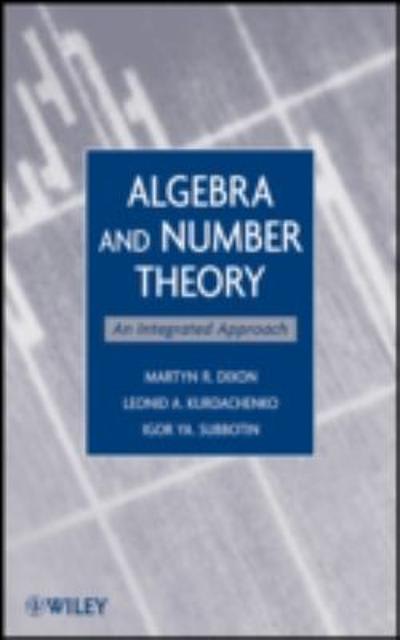Question
Probability and counting methods Explain the basic concepts of probability and calculate the probability of a simple event. Also, calculate permutations and combinations. Present the
Probability and counting methods
Explain the basic concepts of probability and calculate the probability of a simple event. Also, calculate permutations and combinations. Present the processes necessary to support the answer and round the final resultsnot intermediate values that appear during calculationsto two decimal places, when necessary.
1. Determine the sample space of identical marbles in an urn, assigned numbers 21 through 30. 2. According to the values that a probability can acquire, determine: a) the probability that an impossible event will occur b) the probability of an unavoidable event 3. Name one (1) example of a probability with a value of one (1) and one (1) example of a probability with a value of zero (0). 4. Would it be correct for a meteorologist to say that the probability that it will rain in Puerto Rico next Friday is ? Explain. 5. What does it mean if the result of a probability is too small, like 0.00003? Explain. 6. Which of the following values cannot be probabilities: 0, -1, 0.72, -2.1, 0.25, 8/5,0.89? 7. The following probabilities are given: P(E1) = 0.16, P(E2) = 0.25, P(E3) = 0.38, and P(E4) = 0.24. Are these values legitimate? Explain. 8. Determine the probability that a five (5) will come up when rolling a die. 9. Determine the probability that an even number comes up when rolling dice. 10. Determine the probability that a number greater than four (4) will come up when rolling a die. 11. Determine the probability that an ace will appear when a card is drawn from a deck. 12. If you have 30 red balls, 22 green balls, 16 yellow balls and 4 blue balls in an urn: a) What is the probability that you draw a red ball? b) What is the probability that you draw a red or yellow ball? c) What is the probability that you draw a ball that is not blue? 13. If two dice are tossed, what is the probability that the sum of the scores is 7? 14. If two dice are tossed, what is the probability that the product of the scores is greater than 6? 15. Explain why the following combinations are equal: C(8@0) and C..8@8). 16. Evaluate the following: a) 9! b) P(18@6) c) C(15@14) d) P(16@12) e) C..0@16) 17. What is the probability that, when tossing a coin three (3) times, it will come up heads all three times?
Step by Step Solution
There are 3 Steps involved in it
Step: 1

Get Instant Access to Expert-Tailored Solutions
See step-by-step solutions with expert insights and AI powered tools for academic success
Step: 2

Step: 3

Ace Your Homework with AI
Get the answers you need in no time with our AI-driven, step-by-step assistance
Get Started


